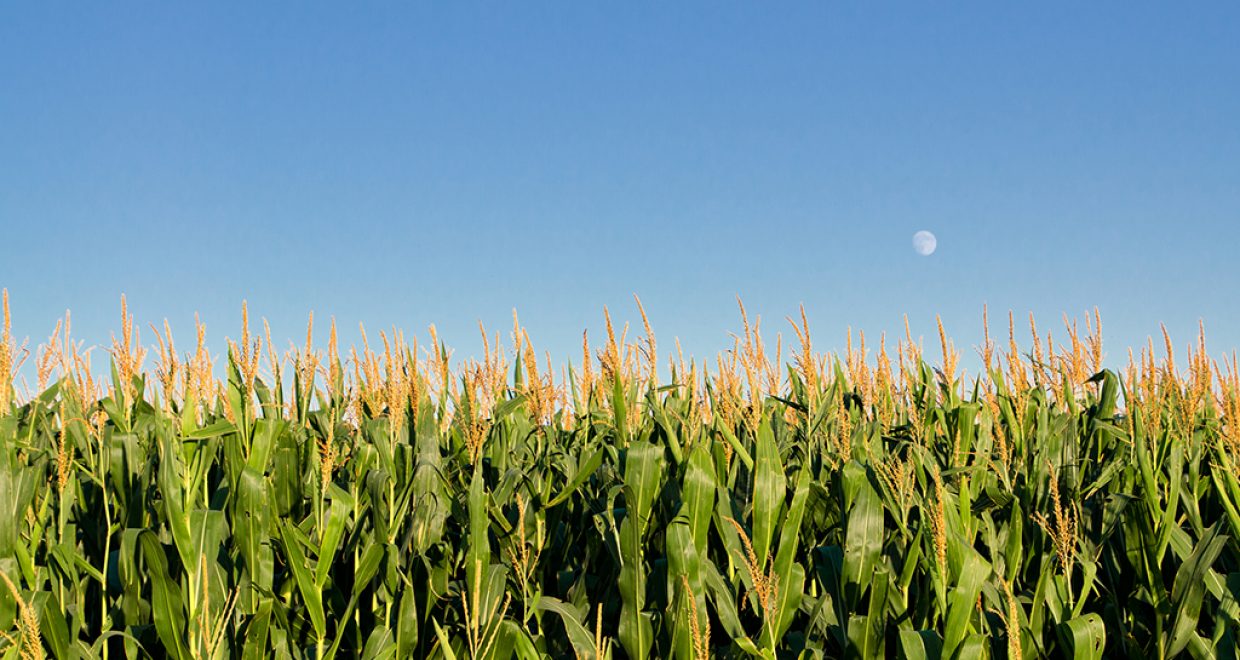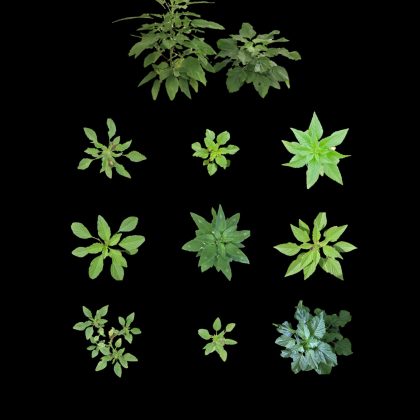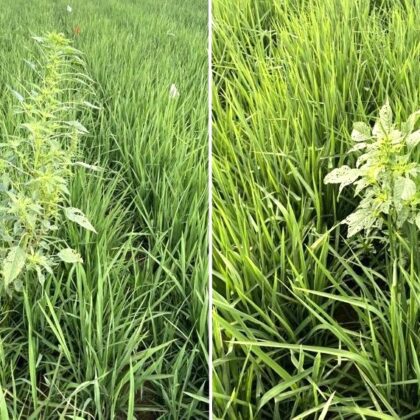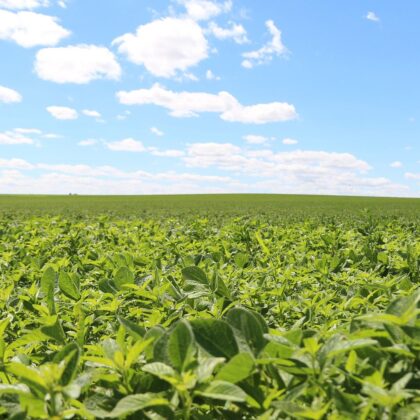How Minnesota is Eradicating Palmer Amaranth
Palmer amaranth is widely recognized as one of the most troublesome weed species in U.S. agriculture. It was first introduced in Minnesota in 2016 through contaminated seed mixes used for conservation plantings. Of the sites sown with contaminated mix, Palmer amaranth was found at eight.
An article featured in the journal Weed Technology documents Minnesota’s response to the emerging threat. An aggressive protocol was established to address Palmer amaranth and critical information was quickly disseminated to stakeholders. With intensive scouting, torching, prescribed burning and herbicide application in 2016 and 2017, all eight infestations were eradicated. Similar successes were achieved in 2018, 2019 and 2020 when new populations were discovered at other Minnesota locations.
The authors point to several success factors, including the appropriate regulatory framework, funding, collaboration among partners and a focus on rapid response. One example: When officials determined that manure from livestock was a potential pathway for spreading the weed, they took immediate action and worked with the community to eliminate the risk.
Want to learn more? The article “Timeline of Palmer amaranth (Amaranthus palmeri) invasion and eradication in Minnesota”, by Eric Yu, Shane Blair, Mari Hardel, Monika Chandler, Denise Thiede, Anthony Cortilet, Jeffrey Gunsolus and Roger Becker, and published in Weed Technolgy, is available free for a month.
Photo courtesy of Getty Images






